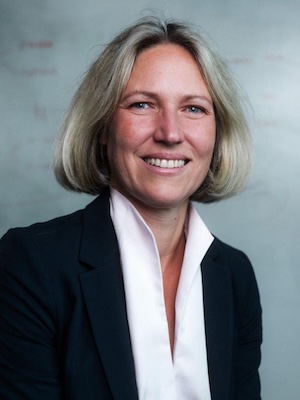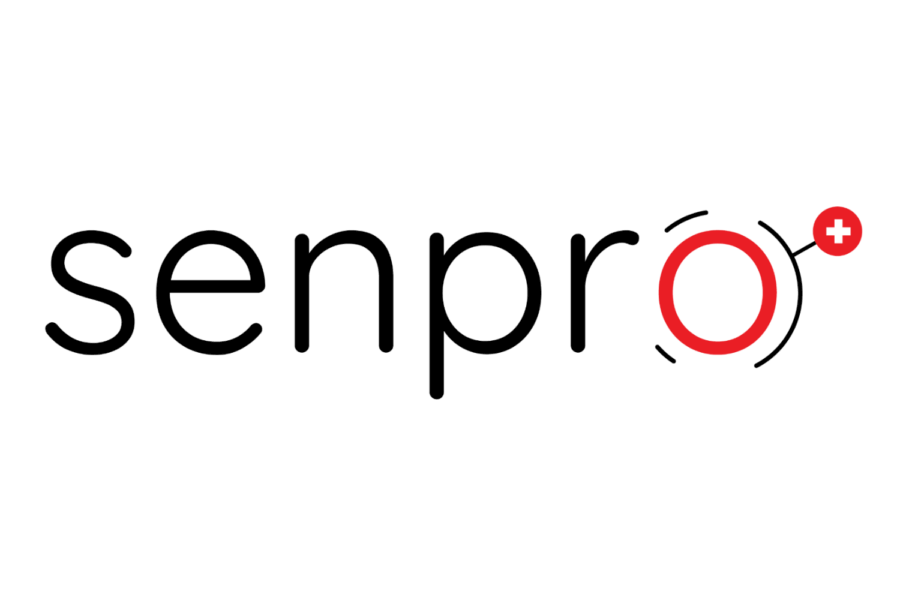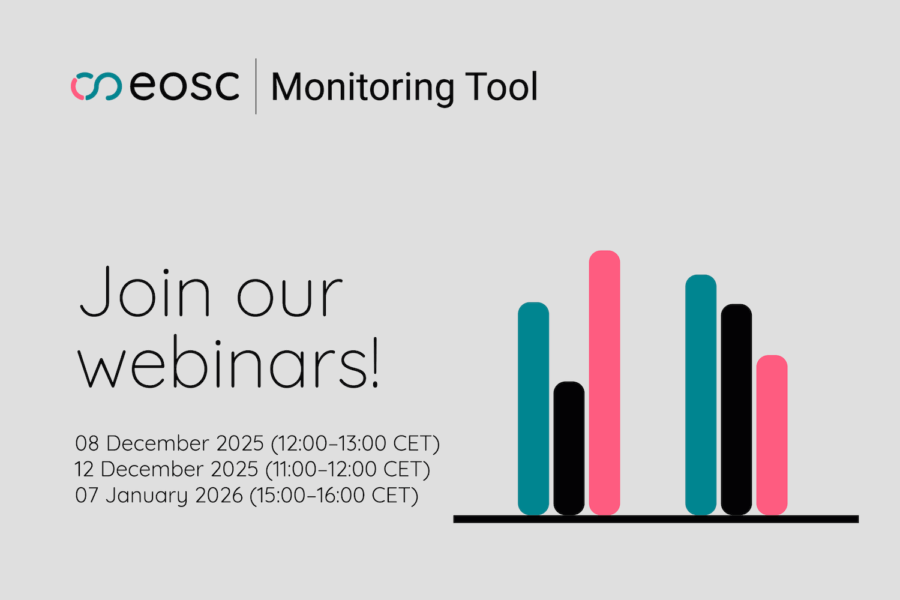EOSC Focus spoke with Helena Burg from the Luxembourg National Research Fund (FNR), who shared valuable insights into Luxemburg’s unique research landscape.
Despite its small size and relatively young research environment, Luxembourg is a home to one university and three public research institutions, which play a key role in advancing scientific progress. As the national funding agency, the FNR manages around a fifth of the annual public research budget and has been a strong advocate of Open Science from its early days.
Conducted by Niels Deriemaecker (Belnet) and Isabel Caetano (EOSC-A), this interview is part of a series coordinated by the EOSC Focus project. The interviews aim to highlight the role of the EOSC Association’s Mandated Organisations. By bringing their activities and insights to the forefront, the EOSC Focus interviews will help to reinforce the connections between each country’s Mandated Organisation and its EOSC Association member and observer organisations, as well as to make visible the work going into the implementation of EOSC at the national and institutional levels.
What is the role of FNR within the EOSC Association and what are your main goals?
The FNR has two roles, as a Mandated Organisation and as a research funder. We actively promote Open Science not only through EOSC but also via Science Europe. Given our small size – 36 staff members – we must balance our national obligations as a research funding organisation with EOSC-related efforts.
Our strategy focuses on embedding EOSC principles into funding regulations and pushing for national policies. The recent creation of the Luxembourg National Data Service (LNDS), which aims to become an EOSC Node, is a major step forward, strongly supported by the Ministry of Higher Education and Research to further drive open data collection. We hope that with the help of LNDS, we will successfully foster Open Science.
Who are the other stakeholders in the EOSC community in Luxemburg?
Besides FNR and LNDS, there are four research-performing organisations: the University of Luxembourg, Luxembourg Institute of Science and Technology (LIST), Luxembourg Institute of Health (LIH), and Luxembourg Institute of Socioeconomic Research (LISER). Other organisations involved in Open Science include Bibliothèque Nationale du Luxembourg (BNL), which is broadly interested in Open Science, not just for the purposes of public research. There are also smaller institutions, which align with the larger players but are not as prominent. Overall, the key actors are these institutions, with the Ministry of Higher Education and Research acting as an umbrella coordinating body.
Is there a coordination mechanism in place in Luxembourg?
Currently, there is no such mechanism in place in Luxembourg. However, I believe the LNDS should take on this role. Since data is at the core of their mission, it makes sense for them to establish a coordination mechanism. Of course, they will need to collaborate closely with the Ministry, us, and other stakeholders, but this responsibility should naturally fall within their scope.
How is FNR facilitating or promoting the creation of an EOSC ecosystem?
The FNR translates European and international Open Science developments into FNR policies, primarily through funding requirements. Applicants must submit data management plans and ensure data is stored in open repositories, following FAIR principles. To support this, we offer many webinars, training sessions, and provide guidance to the entire Luxembourg research community, not just FNR applicants. Furthermore, open access publication costs for FNR-funded projects, that align with our eligibility criteria, are covered by the FNR.
Beyond these initiatives, we also foster discussions through, for example, a series of “trends under review”, where we explore topics of general interest with our community. We initiated this as an in-person event featuring keynote speakers and panel debates on major research topics. This format encourages open dialogue, with topics proposed both by FNR and the community. A session on Open Science could be a potential option for a future event.
What other initiatives have been developed to engage the community?
We strongly encourage that all publications from FNR-funded projects are open access. However, beyond policy, we emphasize content over prestige in outreach efforts—encouraging researchers to highlight what they have published and why it matters, rather than simply naming high-profile journals.
This approach is also embedded in our funding and evaluation processes. Applicants must justify the relevance of their key publication outputs instead of submitting a general publication list. This principle extends to our peer-review guidelines, emphasising substance over impact factor.
More broadly, integrating Open Science and community representation is deeply rooted in FNR’s DNA. It influences how we assess research, communicate results, and shape policies. While this feels second nature to us, we are always open to refining and expanding these efforts.
Could you share some examples from Luxembourg that showcase the impact of EOSC and Open Science?
We are actively involved in the Coalition for Advancing Research Assessment (CoARA). As I mentioned earlier, Open Science is not just embedded in our policies, but also reflected in how calls are written and proposals evaluated by the FNR. It is not only about Open Science at the output stage—it is integrated into the entire evaluation process.
Beyond CoARA, we are also active in Science Europe and the Global Research Council. Luxembourg participates in EuroHPC and other European funding partnerships like CHIST-ERA, all of which strongly advocate for Open Science. These partnerships reinforce the idea that Open Science is unavoidable. Institutions that resist at the national level will struggle to secure European funding in the future.
This highlights a crucial point: Open Science is not just a national effort but part of a broader research ecosystem. In Luxembourg, this is generally well understood. Engagement with international communities is essential to ensuring the long-term competitiveness of our research landscape.
What do you see as your country’s main strengths?
Luxembourg’s small size is an advantage—we have close connections with key stakeholders, which makes engagement, co-creation and coordination easier when there is sufficient support. The creation of the new institution, LNDS, is surely very important.
What are the main challenges you encounter?
One of the key challenges is the lack of dedicated resources for EOSC-related activities. Ideally, we would have staff focused solely on EOSC and Open Science. This is where I am hopeful about the new institution, as it should bring more resources and people specifically working on promoting data and Open Science.
Another challenge is finding the right balance between Open Science and the increasing demands for research security. On the one hand, transparency and accessibility are essential to ensure broad participation in research and maximise the use of existing data. On the other hand, there are growing concerns about protecting sensitive information.
Even though there is broad acceptance and support within key stakeholder groups, some scepticism towards Open Science persists.
A possible way to address this—certainly in the long run—is through closer collaboration in shaping future policies. By working together with institutions from the outset, we can ensure their perspectives are taken into account.
How do you see the evolution of EOSC?
This will largely depend on our internal discussions in Luxembourg, but I am optimistic that we will be more actively engaged in EOSC than in the past two years. Due to internal staffing constraints, we previously had limited capacity to contribute, which was frustrating—especially when engaging with colleagues who work on EOSC full-time and develop their own terminology. If you are not deeply involved on a weekly basis, it is easy to fall behind.
That said, I expect this to change with the LNDS, although we will also need to clarify responsibilities between the FNR and LNDS.
Overall, Open Science will remain a topic of importance, and EOSC—especially through the Nodes—can play a crucial role in its implementation.
About Helena Burg

Helena Burg has been serving as a Programme Manager at the Luxembourg National Research Fund (FNR) since 2009 and, since 2016, has held the position of Head of International Relations. She holds a PhD in Physical Geography and brings extensive experience in research funding, including the development, implementation, and evaluation of new funding schemes.
Helena’s responsibilities for the FNR’s international strategy are twofold. Firstly, she is responsible for establishing new and maintaining ongoing international collaborations with partners abroad. Secondly, she oversees the implementation and execution of funding schemes for international research projects. In close collaboration with FNR’s Secretary General and the FNR board, Helena develops and implements the international strategic orientation of the agency. Her contributions significantly enhance the credibility, visibility, and trust in the FNR.
Helena represents the FNR in Science Europe’s High-Level Policy Network on Cross-border Collaboration and at the EOSC Association.
About the Luxembourg National Research Fund
The Luxembourg National Research Fund (FNR) is the main funder of research activities in Luxembourg. FNR invests public funds and private donations into research projects in various branches of science and the humanities, with an emphasis on selected core strategic areas. Furthermore, FNR supports and coordinates activities to strengthen the link between science and society and to raise awareness for research. They also advise the Luxembourg government on research policy and strategy.







